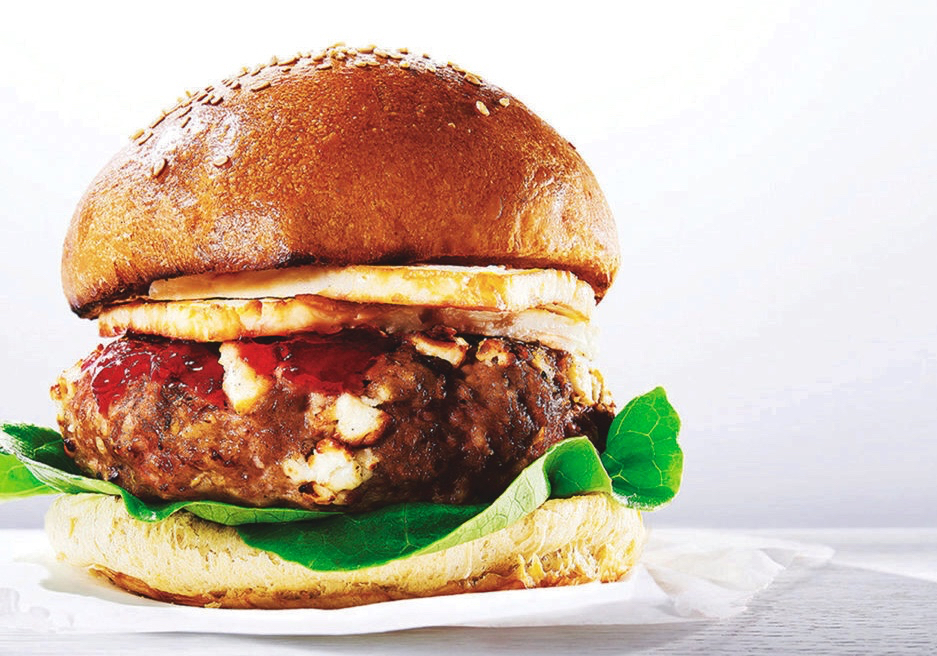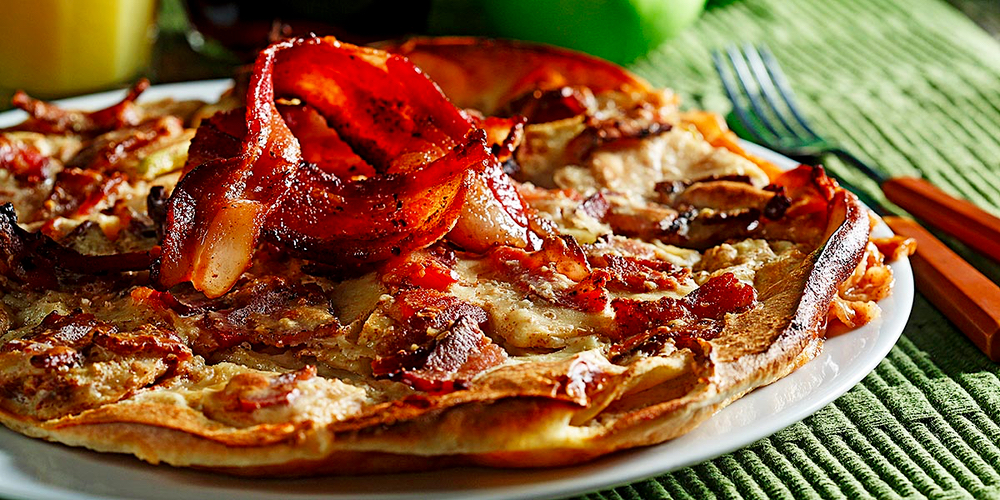We are all allowed some discretionary calories after we meet the recommendations for grains, vegetables, fruits, dairy and meat/ beans. For most people, the discretionary calorie allotment is about 200 to 300 calories per day.
To put the idea of moderation into practice, consider dividing the Halloween loot into small treat bags with just a few small pieces of candy to enjoy daily.
On Halloween, be sure that kids have a meal or snack before hitting the trick-or-treat trail so they are not tempted to indulge before arriving at home. Be sure their costumes do not pose a tripping hazard and that they have a flashlight with them or refl ective tape on their costumes.
Read Also

Cooking fish of Manitoba: Keep your catch fresh and tasty for the table
Fishing in Manitoba provides mouthwatering meals, assuming anglers handle, process and cook their fish properly before sitting down to eat. Here’s how, with recipes and fish preparation tips.
Inspect treats when kids arrive home. If the packaging shows signs of tampering or damage, discard the treat.
Check that treats for young children do not pose a choking hazard. Be sure that kids brush their teeth thoroughly after enjoying their sweet treats, too.
Consider some healthier food options and non-food items to add variety to the treat containers of your visiting goblins. They include:
Pencils with novelty erasers.
Temporary tattoos.
Sugar-free gum.
Stickers.
Cereal bars.
Juice boxes.
Dried fruit.
Single-serving cereal boxes. Sugar does not “cause” diabetes or hyperactivity, but as soon as kids put on their Halloween costumes they become a little hyperactive from the situation, without being activated by candy.
We need to keep moderation and portion control in mind, of course, because too many calories from any source can lead to weight gain.
In other words, consuming the contents of a trick-or-treat container within the first 24 hours is not a good plan for anyone. Remember, Halloween candy is not like perishable leftover food that needs to be eaten in a few days. Candy has a much longer shelf life!
– Julie Garden-Robinson, PhD, L. R. D., is a North Dakota State
University Extension Service food and nutrition specialist
and associate professor in the department of health, nutrition and exercise sciences.


















